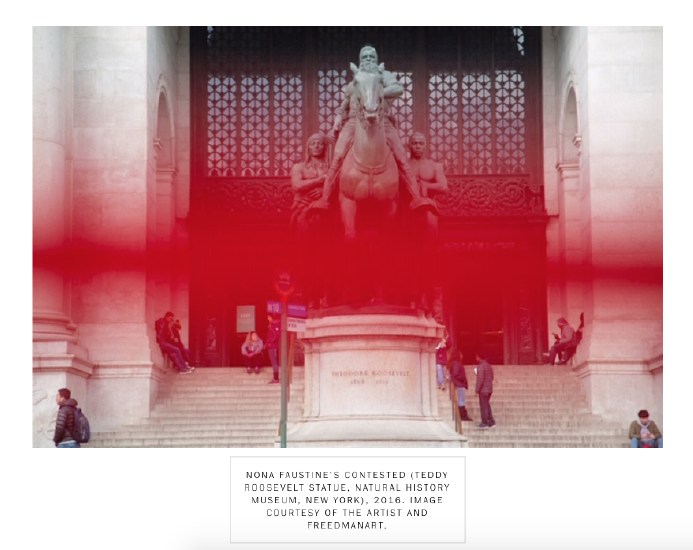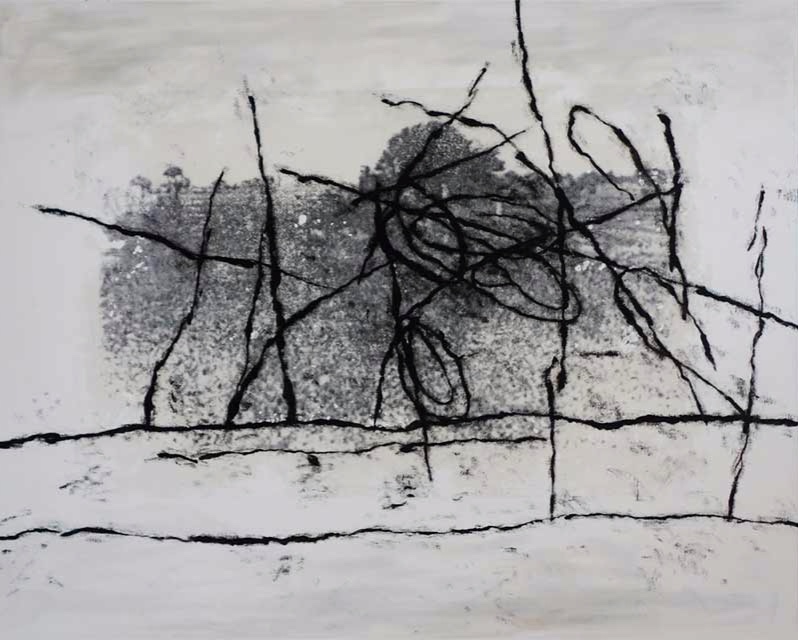Art collecting is a passion for many wealthy Americans. This was on display earlier this month, when the collection of Paul Allen, the late cofounder of Microsoft, was auctioned for $1.6 billion, setting a single-evening record. I doubt many of our listeners will have clients who amass a collection of that magnitude, but many will use their wealth to purchase art – either for esthetic reasons or in the hope that its value will appreciate. My guest today will discuss some of the principles and nuances one should know before purchasing art.
Ann Freedman has devoted her entire professional life to art— 50 years in the gallery business of selling art, and as importantly, as an advocate for the artist and the collector. Her career began at the Andre Emmerich Gallery in New York, and thereafter as director and president of the venerable Knoedler Gallery, established in New York in 1846. By 2009, Ann had directed Knoedler for almost 32 years, and at that time, a much-publicized controversy over forged paintings arose. After thorough investigation, it was positively resolved for Ann. In 2011, Ann moved forward in establishing her gallery, FreedmanArt, which actively continues on Manhattan’s upper east side.















